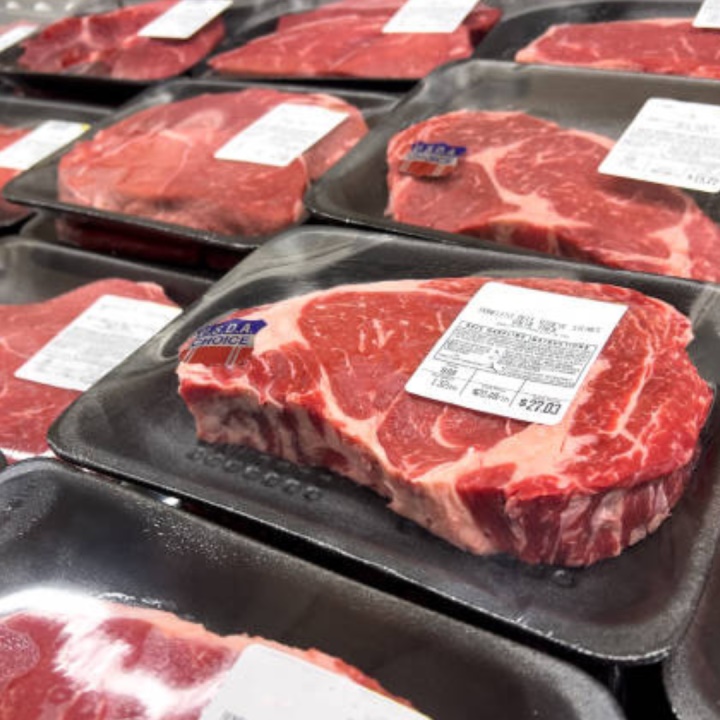Beef is more expensive than pork, so some businesses often use tricks to fake beef from pork to increase profits. Often when cooking, and even sometimes when eating, the buyer realizes they have been deceived. Understanding how to differentiate real beef from fake beef will help housewives minimize the risk of confusion when going to the market.

There are several ways to differentiate real beef from fake beef that you can take note of. (Photo: Istock)
How to differentiate real beef from fake beef
You can recognize whether the piece of beef you bought is real or fake by checking the following factors.
Color and shape
Real beef is bright red in color.
Fake beef is usually sprayed with beef blood to create color. Some unscrupulous sellers also use unclear sources of coloring agents to create color like real beef.
Use your hand to touch the meat, if you see red color on your hand, then it is definitely fake beef. To be more certain, you can wash the piece of meat right at the place of purchase, you will see the “beef” piece gradually fading in color.
You can ask the seller to cut the piece of meat and observe the cut surface. Fake beef will have a relatively large difference in color between the outer surface of the meat and the cut surface due to cheap dyeing technology that cannot “transform” the entire piece of meat.
Many sellers even mix real beef and fake beef together to deceive buyers. An effective way to differentiate real beef from fake beef is to pay attention to the muscle fiber. Real beef has small, long, fresh red muscle fibers, while pork has large and short muscle fibers, with fat and skin in a light yellow color.
Gently press the piece of beef when buying, real beef will be soft, less elastic, and feel sticky on your hand.
If it is fake beef made from pork, it will be soft and less sticky, the meat does not stick to your hand.
Taste and smell
Checking the taste and smell is an effective way to differentiate real beef from fake beef. There are many ways to create the smell of beef for non-beef meat. Regulatory authorities have detected tricks of using fried beef fat to spread beef fat around a piece of pork, or using dead buffalo meat to create the smell of beef.
However, real beef has a very distinctive smell of beef. The “fake” cannot have the same taste as real beef. Even if beef fat is added, after being transported for a long time and exposed to Vietnam’s humid weather for many hours, this smell will surely be lost or be somewhat altered.
Perception when cooking
Of course, nobody wants to discover that the piece of beef they spent hundreds of thousands of dong to buy and cook for their family is actually pork or buffalo. But better late than never, at least you know to avoid stores that sell fake beef next time.
After cooking, real beef still retains a dark pink color, with a distinct sweet taste. In contrast, pork and buffalo meat that have been dyed to look like beef will become pale and turn to a light pink or white color. This color is most visible when the meat is simmered in boiling water.
According to VTC News
































